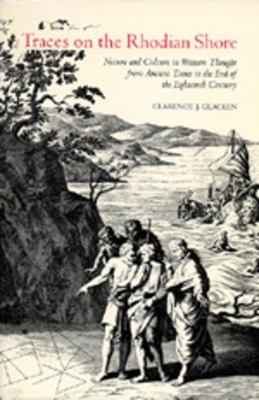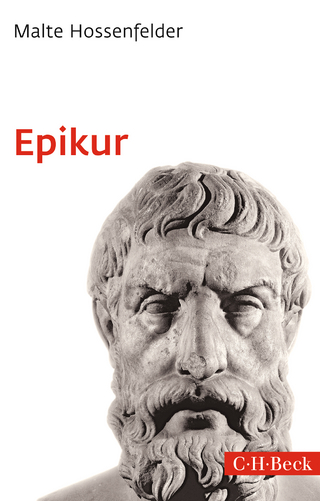
Traces on the Rhodian Shore
University of California Press (Verlag)
978-0-520-03216-3 (ISBN)
In the history of Western thought, men have persistently asked three questions concerning the habitable earth and their relationships to it. Is the earth, which is obviously a fit environment for man and other organic life, a purposefully made creation? Have its climates, its relief, the configuration of its continents influenced the moral and social nature of individuals, and have they had an influence in molding the character and nature of human culture? In his long tenure of the earth, in what manner has man changed it from its hypothetical pristine condition? From the time of the Greeks to our own, answers to these questions have been and are being given so frequently and so continually that we may restate them in the form of general ideas: the idea of a designed earth; the idea of environmental influence; and the idea of man as a geographic agent. These ideas have come from the general thought and experience of men, but the first owes much to mythology, theology, and philosophy; the second, to pharmaceutical lore, medicine, and weather observation; the third, to the plans, activities, and skills of everyday life such as cultivation, carpentry, and weaving.
The first two ideas were expressed frequently in antiquity, the third less so, although it was implicit in many discussions which recognized the obvious fact that men through their arts, sciences, and techniques had changed the physical environment about them. This magnum opus of Clarence Glacken explores all of these questions from Ancient Times to the End of the Eighteenth Century.
Clarence James Glacken (1909 - August 20, 1989) was Professor of Geography at the University of California, Berkeley.
Preface Acknowledgments Abbreviations PART ONE: THE ANCIENT WORLD 1. Order and Purpose in the Cosmos and on the Earth 2. Airs, Waters, Places 3. Creating a Second Nature 4. God, Man, and Nature in Judeo-Christian Theology PART TWO: THE CHRISTIAN MIDDLE AGES 5. The Earth as a Planned Abode for Man 6. Environmental Influences within a Divinely Created World 7. Interpreting Piety and Activity, and their Effects on Nature PART THREE: EARLY MODERN TIMES 8. Physico-Theology: Deeper Understandings of the Earth as a Habitable Planet 9. Environmental Theories of Early Modern Times 10. Growing Consciousness of the Control of Nature PART FOUR: CULTURE AND ENVIRONMENT IN THE EIGHTEENTH CENTURY 11. Final Strengths and Weaknesses of Physico-Theology 12. Climate, the Moeurs, Religion, and Government 13. Environment, Population, and the Perfectibility of Man 14. The Epoch of Man in the History of Nature Conclusion Bibliography Index
| Erscheint lt. Verlag | 1.7.1992 |
|---|---|
| Verlagsort | Berkerley |
| Sprache | englisch |
| Maße | 156 x 229 mm |
| Gewicht | 1089 g |
| Themenwelt | Geisteswissenschaften ► Philosophie ► Philosophie Altertum / Antike |
| Geisteswissenschaften ► Philosophie ► Philosophie des Mittelalters | |
| Sozialwissenschaften | |
| ISBN-10 | 0-520-03216-0 / 0520032160 |
| ISBN-13 | 978-0-520-03216-3 / 9780520032163 |
| Zustand | Neuware |
| Haben Sie eine Frage zum Produkt? |
aus dem Bereich


